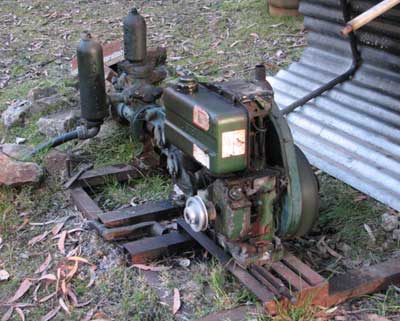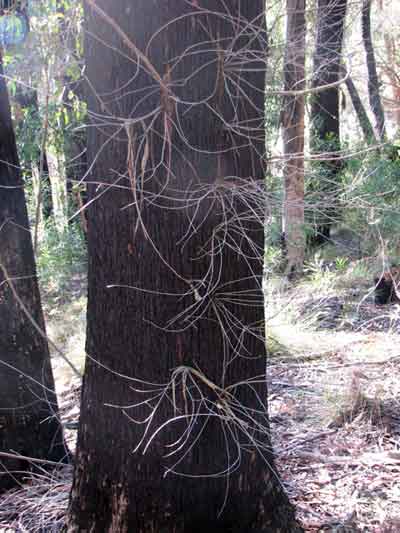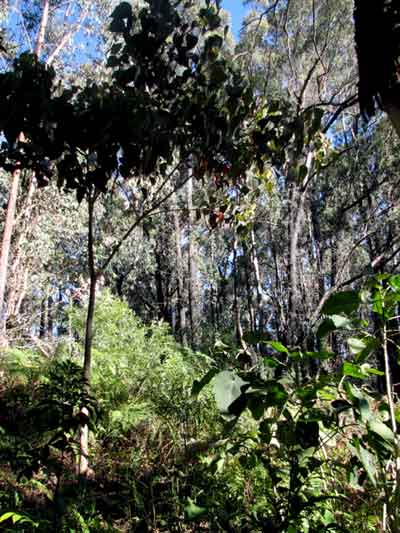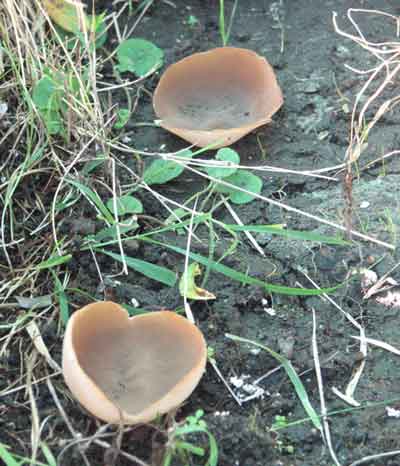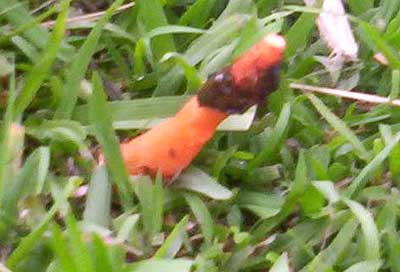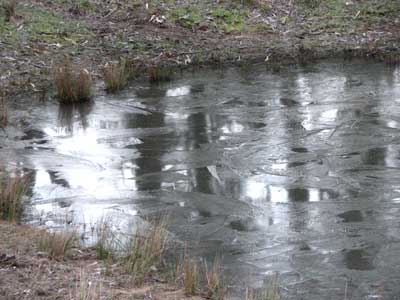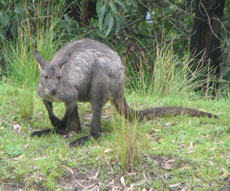 Apart from the many Eastern red-necked wallabies, I share my place with small groups of other hoppy marsupials.
Apart from the many Eastern red-necked wallabies, I share my place with small groups of other hoppy marsupials.
Only a few wallaroos come by, usually a small family trio, but this male has been hanging about the little dam on his own lately.
I wonder if he’s grown up and been asked to move out? As you can see, he doesn’t seem at all bothered by me and in fact lay down and went to sleep while I was there.
So I think he must have been raised around here to be so used to me and my behaviour.
Unmistakable with his long shaggy fur and broader features, he is not as dark all over as the males usually are, while the females are pale grey. It will be interesting to see if he changes.
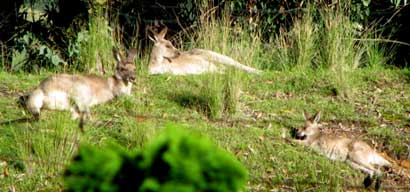
Later, after the sun had come out, I spotted a family of kangaroos sunbathing and snoozing at the same spot on the grassy bank.
Clearly a popular resort: for the food and drink, the water views and the entertainment of watching me go about my strange business in the house yard just up the hill.
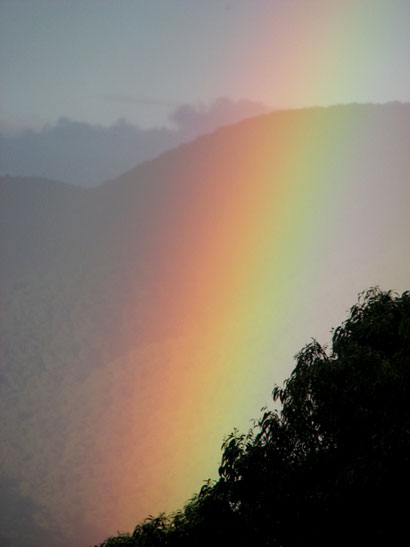
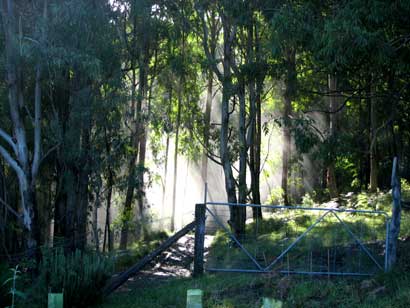

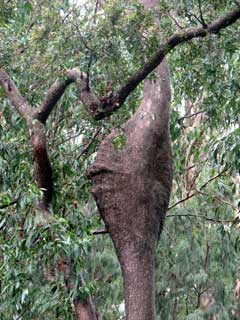 When walking along the forest tracks, I am usually so busy keeping my eyes directed downwards for snakes—and currently for the rare dry strips between the puddles—that I don’t often look up to the treetops.
When walking along the forest tracks, I am usually so busy keeping my eyes directed downwards for snakes—and currently for the rare dry strips between the puddles—that I don’t often look up to the treetops.
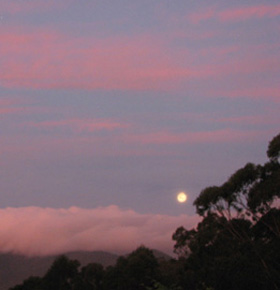
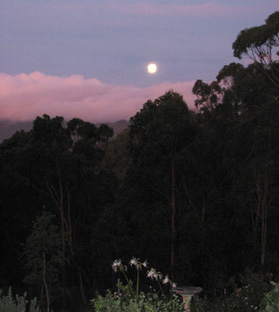
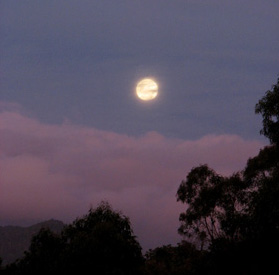
 My last full moon teamed up with the sun for a brief pas de deux between their respective acts.
My last full moon teamed up with the sun for a brief pas de deux between their respective acts.